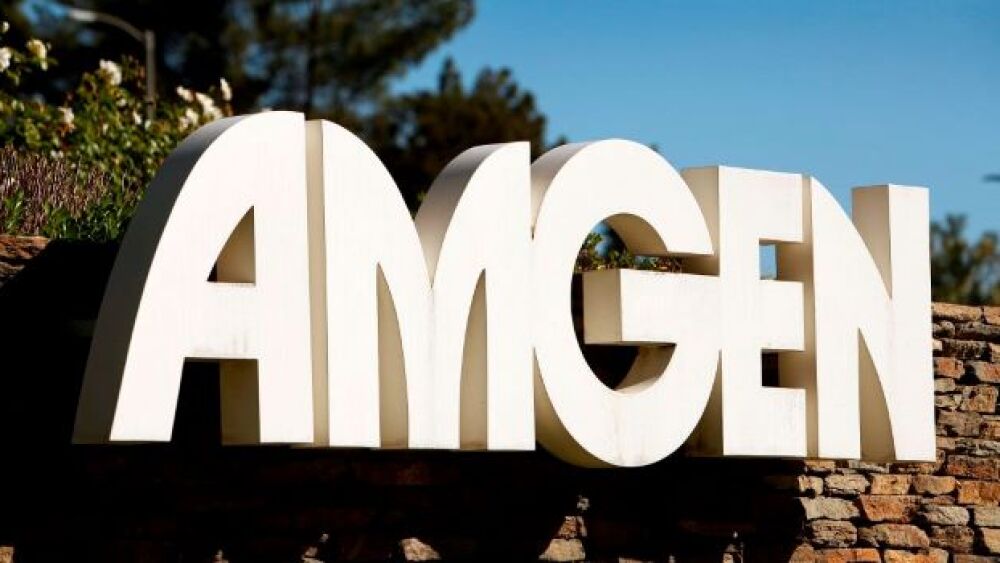Machine-perfusion evaluation of the effects of decellurization on vascular elasticity pre- and post- decellurization of a human kidney
DENVER, N.C.--(BUSINESS WIRE)--A world class team of collaborators used a Smart Perfusion built VASOWAVEtm to decellurize discarded human kidneys and to maintain them with a well-preserved, functional vasculature structure. Vascular integrity is a key requirement for further bioengineering of the kidney scaffold for clinical applications.
Development of bioengineered replacements for failing, diseased organs has been a goal of tissue engineering. Until now, building large human-sized organs from ‘the ground up’ has been difficult, primarily because only small (mouse and rat-sized) organs have been built. A limiting factor has been development of blood vessels and support tissue to help organs grow and mature. Smart Perfusion’s VASOWAVEtm organ perfusion machine enables ‘state-of-the-art’ human kidney decellurization.
Physicians, research scientists, and engineers at Wake Forest School of Medicine, Winston Salem, NC; General Surgery, Fondazione, IRCCS Policlinico, San Matteo Pavia, and University of Pavia, Pavia, Italy; GOFARR Laboratory, Saban Research Institute, Children’s Hospital Los Angeles; Department of Urology, University of Southern California, Los Angeles, California; and the Department of Biomedical and Mechanical Engineering, Virginia Tech, Blacksburg, Virginia conducted kidney decellurization studies, using human kidneys donated for research studies.
Nine donated human kidneys were machine-perfused using Smart Perfusion’s VASOWAVEtm. A comparison was made between machine-set systolic and diastolic pressures and pressures as measured within organs under perfusion. Organs with intact vasculature have a similar elastic response to machine-set pressures. Following decellurization, scaffolds from the same set of nine human kidneys were again machine perfused and pressure responsiveness measured. It is important to note that, if scaffolds had been damaged by decellurization, they would not elastically respond to machine-set pressures, would leak fluid, and would fail to sustain pressurization.
Studies are reported in Transplantation, Official Journal of The Transplantation Society and International Liver Transplantation Society, September 2015, Vol. 99, Issue 9: Renal ECM scaffolds from discarded kidneys maintain glomerular morphometry and vascular resilience, and retains critical growth factors. Graphics from the article appear on the cover of this issue.
Smart Perfusion has worked eight years to develop, test, and validate perfusion technology for tissue preservation, characterization, and transportation for organ transplantation, and for future applications of vascular growth, large organ decellutization, repopulation, growth, and global organ assessment.
Contacts
Smart Perfusion
George Barr, 704-966-9658
gbarr@smartperfusion.com




